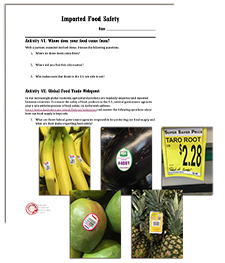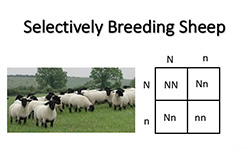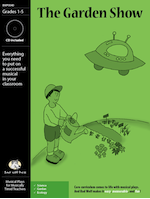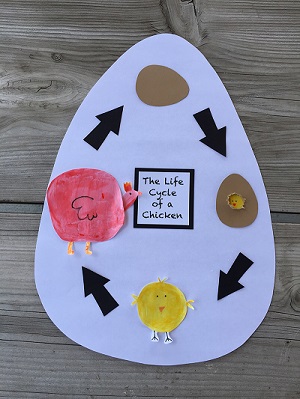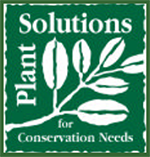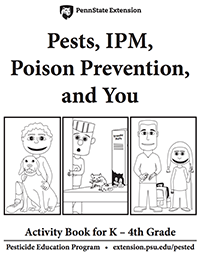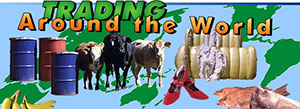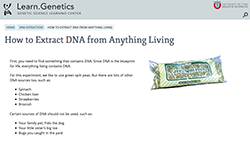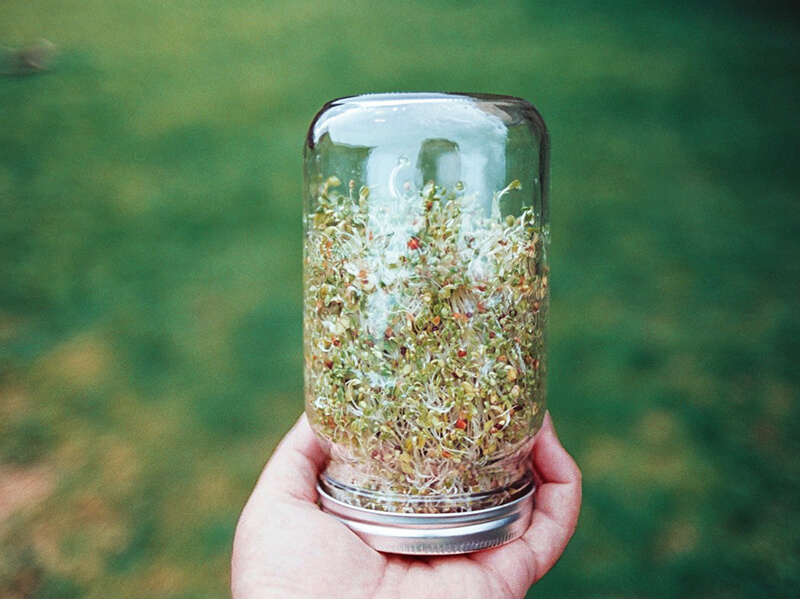This activity provides basic instructions for growing edible sprouts. By sprouting seeds in your classroom, students can learn about the science of seed germination, plant growth, and how sprouts can contribute to a healthy diet. A seed is the miraculous start of a new plant. It contains all the food a new plant will need until its leaves reach sunlight and begin to make more food for the plant. Seeds are essential to agriculture and are the original source of much of our food, clothing, and shelter. Understanding agriculture and its role in civilization can provide a context for understanding social studies, science, and nutrition. Seeds need warmth, moisture, oxygen, and sometimes light or darkness to germinate. Changing these variables will produce measurably different results students can experiment with to explore the scientific method.
